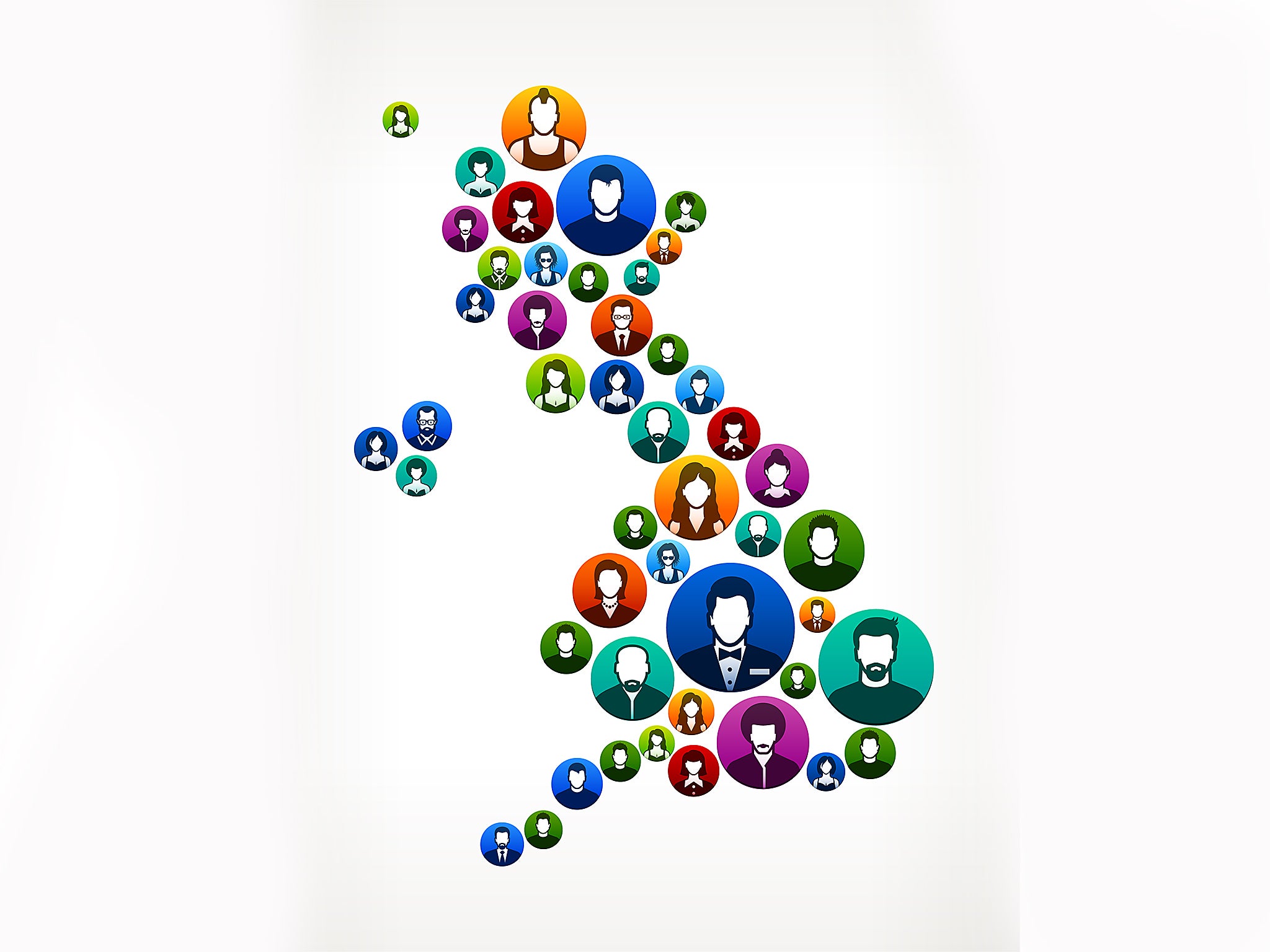The most common surnames in Britain and Ireland revealed
Farah, Twelvetrees and Li are amongst the 8,000 family names explained for the first time

Your support helps us to tell the story
From reproductive rights to climate change to Big Tech, The Independent is on the ground when the story is developing. Whether it's investigating the financials of Elon Musk's pro-Trump PAC or producing our latest documentary, 'The A Word', which shines a light on the American women fighting for reproductive rights, we know how important it is to parse out the facts from the messaging.
At such a critical moment in US history, we need reporters on the ground. Your donation allows us to keep sending journalists to speak to both sides of the story.
The Independent is trusted by Americans across the entire political spectrum. And unlike many other quality news outlets, we choose not to lock Americans out of our reporting and analysis with paywalls. We believe quality journalism should be available to everyone, paid for by those who can afford it.
Your support makes all the difference.The origin of more than 45,000 surnames has been revealed by a team of university researchers.
Farah, Twelvetrees and Li are amongst the 8,000 family names explained for the first time, alongside corrections to previous explanations such as Starbuck and Hislop.
A four-year study, led by a team from the University of West of England in Bristol, has investigated the linguistic origins, history and geographical distribution of 45,600 most frequent family names in Britain and Ireland.
They found that nearly 40,000 family names are native to Britain and Ireland, while the remainder reflect the diverse languages and cultures of immigrants who have settled from the 16th century to the present day, including French Huguenot, Dutch, Jewish, Indian, Arabic, Korean, Japanese, Chinese and African.
The findings have been published in the Oxford Dictionary of Family Names in Britain and Ireland, which is available from today.
Professors Patrick Hanks and Richard Coates led a team of eminent researchers including historical linguists, medieval historians, lexicographers and expert advisers on Irish, Scottish, Welsh and recent immigrant names.
The team analysed records from published and unpublished sources dating from the 11th to the 19th century to enable new and detailed explanations of names that is much more reliable and up to date than those currently available.
Much of the evidence is new, drawn from previously untapped medieval and modern sources such as tax records, church registers and census returns.
Prof Coates said: “There is widespread interest in family names and their history. Our research uses the most up-to-date evidence and techniques in order to create a more detailed and accurate resource than those currently available.
“We have paid particular attention, wherever possible, to linking family names to locations.
“Some surnames have origins that are occupational - obvious examples are Smith and Baker; less obvious ones are Beadle, Rutter, and Baxter.
“Other names can be linked to a place, for example Hill or Green, which relates to a village green. Surnames which are 'patronymic' are those which originally enshrined the father's name - such as Jackson, or Jenkinson.
“There are also names where the origin describes the original bearer such as Brown, Short, or Thin - though Short may in fact be an ironic 'nickname' surname for a tall person.”
A new entry to the dictionary with two sources is the surname Farah, which has both an English and Muslim definition.
The rare English name Farah is recorded with five bearers in the 1881 Census, resident in Middlesex and northern England. It is derived from the northern pronunciation of the much commoner Farrer, an occupational name from Middle English, ferrour - “ironworker, blacksmith” - itself a borrowing of Old French ferreor.
In contrast, there are many Muslim families with this name in present-day Britain and it is derived from the Arabic, farah, meaning joy, happiness and delight.
Twelvetrees is a rare name, with 75 bearers recorded in the 1881 Census, mainly resident in Lincolnshire, and a variation of the name Twelftree.
The surname is thought to be an altered form, by folk etymology, of Weldrick, a locative surname from Wheldrake in the East Riding of Yorkshire.
An immigrant surname fully explained for the first time is Li, often written Lee, which is one of the commonest Chinese surnames in Britain.
Another example of a recent immigrant surname is Patel. It is one of the most common Indian surnames in Britain, with over 100,000 bearers in 2011. It is a status name from a Hindu and Parsi word for a village headman.
Farraday, Vardy, Clutterbuck, Redknap, Stilgoe and Toynbee are also names that have not been explained in previous dictionaries.
A name that has previously been incorrectly explained in previous dictionaries is Hislop. Rather than originating from an unidentified place in northern England, this is a locative surname of Scottish origin.
PA
Join our commenting forum
Join thought-provoking conversations, follow other Independent readers and see their replies
Comments